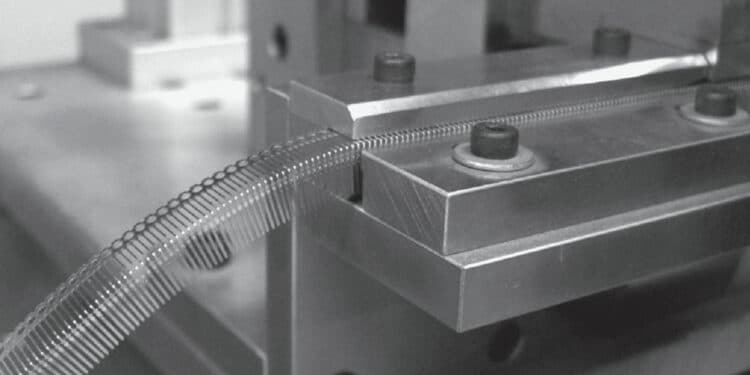The majority of connector contact finishes are applied by continuous electroplating of reels of stamped and formed contacts with tin, tin-lead, silver and gold over nickel platings in thickness ranges from 0.1 to 5.0 µm (4 to 200 microinches).
Three plating practices will be described, overall, selective and duplex. In overall plating the entire contact surface is plated with a single material; tin finishes are often overall plated. In selective plating the plating is applied only to defined functional areas of the contact; gold plating is generally done selectively, with the gold applied only at the portion of the plug and receptacle contacts that define the mating interface. In duplex plating, different platings are applied at the separable connection and termination portions of the contact. The most common duplex plating is tin at the termination end, for soldering, and gold over nickel at the separable connection end. Electroplating and selective/duplex plating practices are highly proprietary and only a general description will be provided in this discussion.






